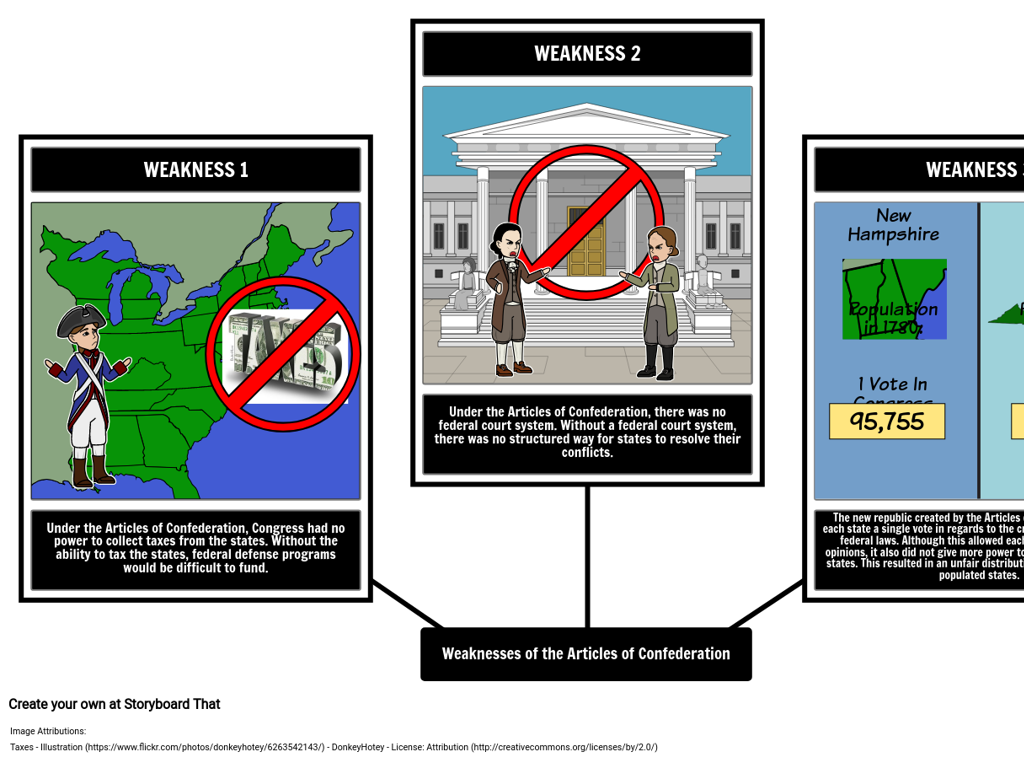Genes, Proteins, And Traits: Understanding The Genetic Code
Subject: Science
Grade: Sixth grade
Topic: Anatomy And Physiology
Please LOG IN to download the presentation. Access is available to registered users only.
View More Content
Welcome to Genetics: The Language of Life
– Genetics: Blueprint of Life
– Genetics determine characteristics of living organisms
– Genes: Our Body’s Instructions
– Genes, made of DNA, are instructions for building proteins
– Genes’ Role in Traits
– Traits like eye color are influenced by genes
– Today’s Focus: Genes to Proteins
– Understanding how genes code for proteins that lead to traits
|
This slide introduces the fascinating world of genetics, which is essentially the study of how living things inherit features from their predecessors. Genetics is often referred to as the language of life because it forms the instruction manual for how organisms are built and function. Genes, which are segments of DNA, carry the instructions for making proteins, the building blocks of our bodies. These proteins play a crucial role in determining our traits, which are characteristics like height, eye color, and even certain behaviors. Today’s lesson will delve into how genes are translated into proteins and how this process affects the traits of an organism. Encourage students to think of traits they have and how genetics plays a role in these. The goal is to provide a comprehensive overview that will serve as a foundation for understanding the genetic code and its impact on life.
What is DNA?: The Blueprint of Life
– DNA as life’s blueprint
– DNA contains instructions for building every part of an organism.
– DNA’s role in heredity
– DNA passes traits from parents to offspring.
– Location of DNA in cells
– DNA is found in the cell nucleus and mitochondria.
– DNA structure and function
– The double helix structure holds genetic information.
|
DNA, or deoxyribonucleic acid, is the hereditary material in humans and almost all other organisms. Nearly every cell in a person s body has the same DNA. It carries the genetic instructions used in the growth, development, functioning, and reproduction of all known living organisms and many viruses. DNA is located in the cell nucleus, but a small amount can also be found in mitochondria. Understanding DNA’s structure, which resembles a twisted ladder or double helix, is crucial for grasping how genetic information is stored and passed on. This slide will introduce students to the concept of DNA as the blueprint of life, its role in heredity, and its place within the cell, setting the stage for deeper discussions about genetics and biology.
From DNA to Proteins: Genetic Coding
– Transcription: DNA to RNA
– Transcription is the process where DNA is copied into RNA.
– Translation: RNA to Proteins
– Translation is where RNA is used to make proteins.
– Proteins and Traits
– Proteins determine our traits, like eye color.
– Genetic Code Basics
|
This slide introduces the central dogma of molecular biology, which describes the flow of genetic information within a biological system. Transcription is the first step where the DNA sequence is copied into messenger RNA (mRNA), which then leaves the nucleus. During translation, the mRNA works with ribosomes and tRNA to synthesize proteins by reading the mRNA sequence and assembling the appropriate amino acids. Proteins are responsible for various functions and characteristics, known as traits, in living organisms. Understanding the genetic code is fundamental to grasping how information in DNA results in physical traits. Encourage students to think of proteins as workers in the body that carry out tasks based on the instructions given by the DNA.
Genes and Traits: Decoding Our Blueprint
– Genes as trait determinants
– Genes carry instructions for traits like height and eye color.
– Traits influenced by genes
– Hair color, dimples, and freckles are examples of genetic traits.
– Genetic variations
– Variations arise from different gene combinations, making us unique.
– Celebrating uniqueness
|
This slide introduces the concept that genes are the blueprint for our individual traits, which are characteristics we can observe, like hair color or height. It’s important to provide relatable examples of traits that students can easily identify in themselves or their peers. Discuss how genetic variations contribute to the diversity we see in the classroom and in the wider world. Emphasize that while many traits are influenced by genes, the environment also plays a role in how these traits are expressed. Encourage students to appreciate the uniqueness that genetic variations bring to each person.
Deciphering the Genetic Code
– Genetic code: biology’s language
– A set of rules DNA uses to encode proteins, akin to language syntax.
– Codons: genetic ‘words’
– Each codon, a sequence of 3 DNA bases, corresponds to a specific amino acid.
– Genetic code to traits
– The sequence of codons determines the structure of proteins, influencing traits.
– Impact on individuality
|
This slide introduces the concept of the genetic code as the language of life, where DNA sequences are translated into functional proteins. Codons, groups of three nucleotides in DNA, act as ‘words’ that specify particular amino acids, the building blocks of proteins. Understanding how this code translates into the physical and functional traits of an organism is crucial for students. It’s the basis for individual differences and diversity among living things. Emphasize the importance of each codon in determining the protein’s structure and function, which in turn affects an organism’s traits. Provide examples, such as how different codons can lead to variations in eye color or blood type. Encourage students to think about how this genetic diversity is beneficial for the survival of species.
Inheritance Patterns and Genetic Outcomes
– Dominant vs. Recessive Traits
– Dominant traits overpower recessive ones. E.g., Brown eyes (B) vs. blue eyes (b)
– Using Punnett Squares
– A chart that shows possible gene combinations
– Predicting Genetic Traits
– Determine the likelihood of a trait being passed on
– Examples of Inherited Traits
– Traits like eye color, hair type, and dimples
|
This slide introduces students to the basic concepts of genetic inheritance. Start by explaining the difference between dominant and recessive traits, using simple examples like eye color to illustrate the concept. Introduce Punnett Squares as a tool for predicting the probability of inheriting certain traits. Emphasize that while Punnett Squares can predict outcomes, they are based on probability and not certainty. Provide real-life examples of inherited traits to help students connect the concepts to the world around them. Encourage students to think of their own traits and consider whether they might be dominant or recessive.
Mutations and Genetic Disorders
– What are mutations?
– Permanent changes in DNA sequence
– Types of mutations
– Substitution, insertion, deletion
– Effects of mutations
– Can be beneficial, neutral, or harmful
– Exploring genetic disorders
– Disorders caused by mutations in genes
|
This slide introduces the concept of mutations as permanent changes in the DNA sequence that can occur naturally or due to environmental factors. There are different types of mutations, such as substitution, insertion, or deletion of DNA bases. The effects of these mutations vary; some can be beneficial, others neutral, or even harmful, potentially leading to genetic disorders. Genetic disorders are conditions caused by alterations in the genetic code, and they can be inherited or occur spontaneously. Students should understand that while mutations can lead to disorders, they are also a driving force behind genetic diversity and evolution. Encourage students to think of questions or examples of genetic traits in their lives or in nature.
Class Activity: DNA Extraction from Strawberries
– Conduct a DNA extraction experiment
– Gather materials for the activity
– Strawberries, dish soap, salt, rubbing alcohol, and more
– Follow the step-by-step guide
– Mash, mix, filter, and precipitate DNA
– Observe DNA strands visually
|
This hands-on activity is designed to give students a tangible understanding of DNA by extracting it from strawberries. The materials needed include ripe strawberries, dish soap, table salt, rubbing alcohol, coffee filters, and a clear container. The process involves mashing strawberries to break down cell walls, mixing with soap and salt to release and protect DNA, filtering to remove solids, and adding alcohol to precipitate DNA. Students will be able to see the DNA as a white, stringy substance. This activity provides a visual and practical representation of DNA, reinforcing the concept that it is a physical substance present in all living things. Teachers should prepare by ensuring all materials are available and safe for use. Possible variations include using different fruits or comparing the DNA yield from different strawberry varieties.
Genetics: Our Blueprint for Life
– Recap: Genes, Proteins, and Traits
– Genes dictate traits by coding for proteins, the building blocks of life.
– Q&A: Ask your curious questions
– What did you find most interesting about how traits are passed down?
– Genetics in daily life
– Genetics influence much of our lives, from health to how we look.
– Reflect on what we’ve learned
|
This slide aims to summarize the key concepts of genetics, including the relationship between genes, proteins, and traits. Encourage students to ask questions they may have about the genetic code, ensuring a clear understanding of the material. Highlight the relevance of genetics in everyday life, such as in medicine, agriculture, and even in making personal choices about health and wellness. Use this opportunity to reinforce the idea that genetics is not just a topic in science, but a part of our daily lives. Ask students to think about what they’ve learned and how it might apply to their own lives or future careers.






